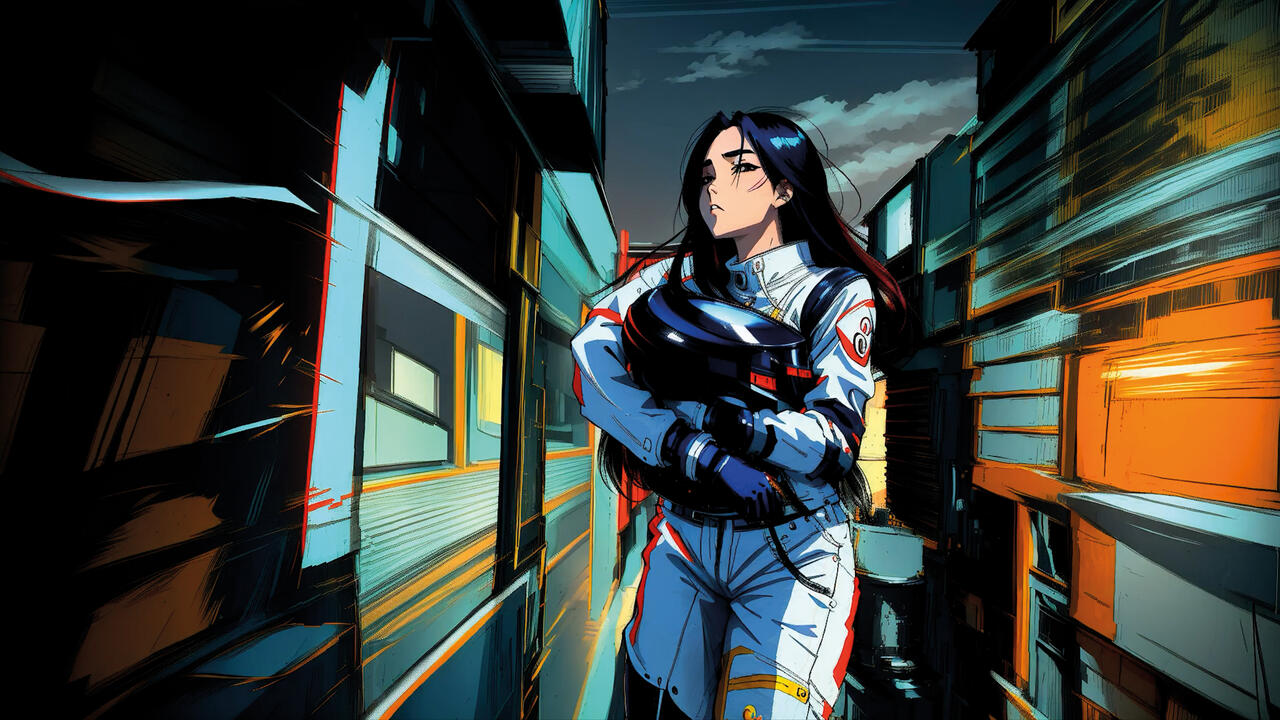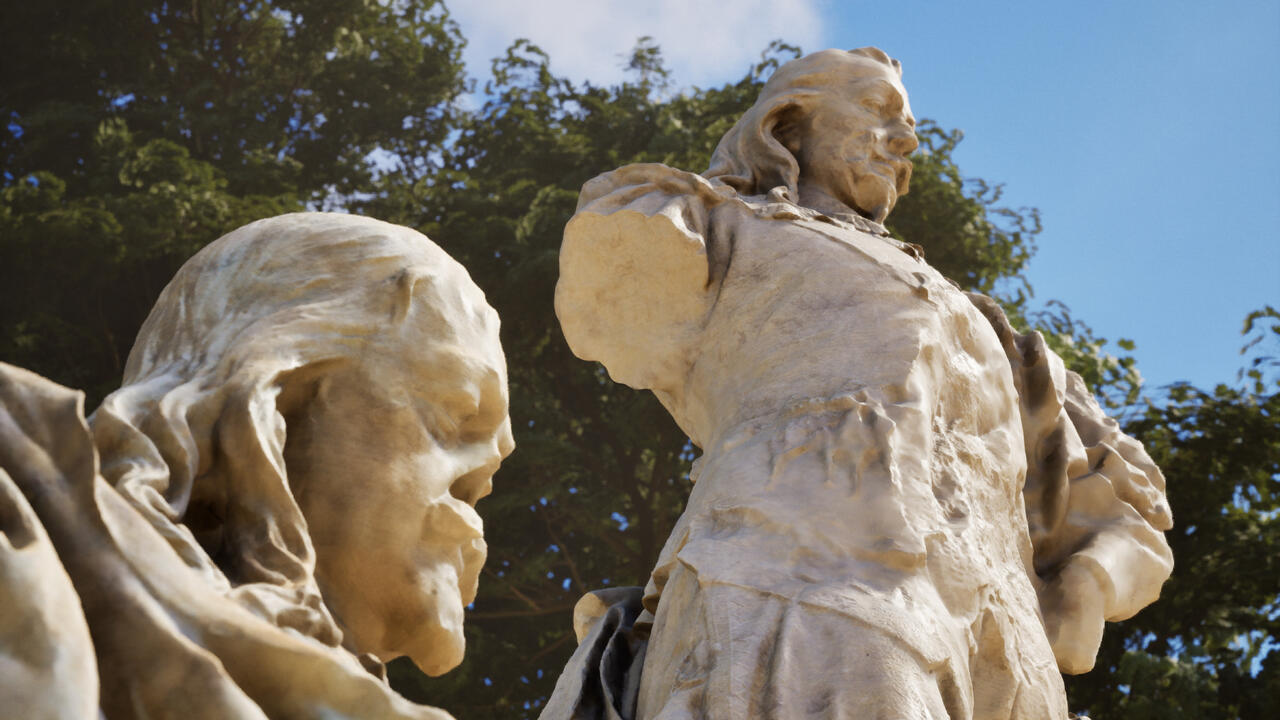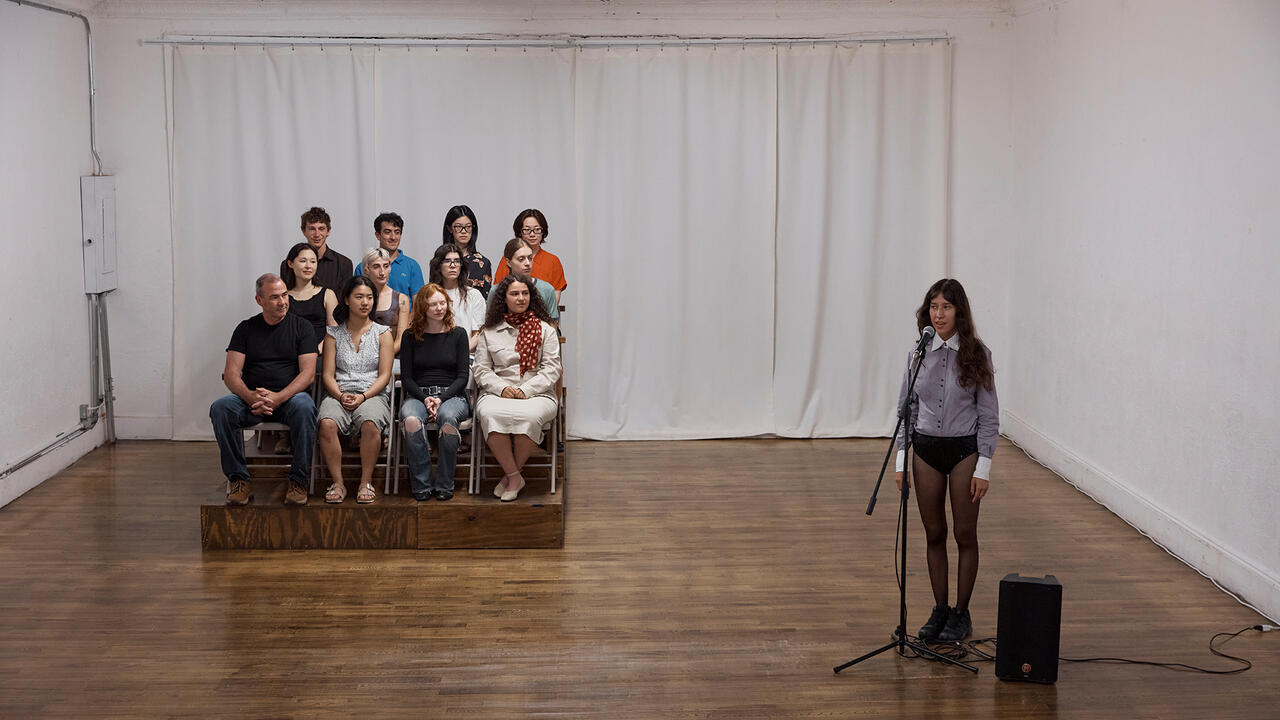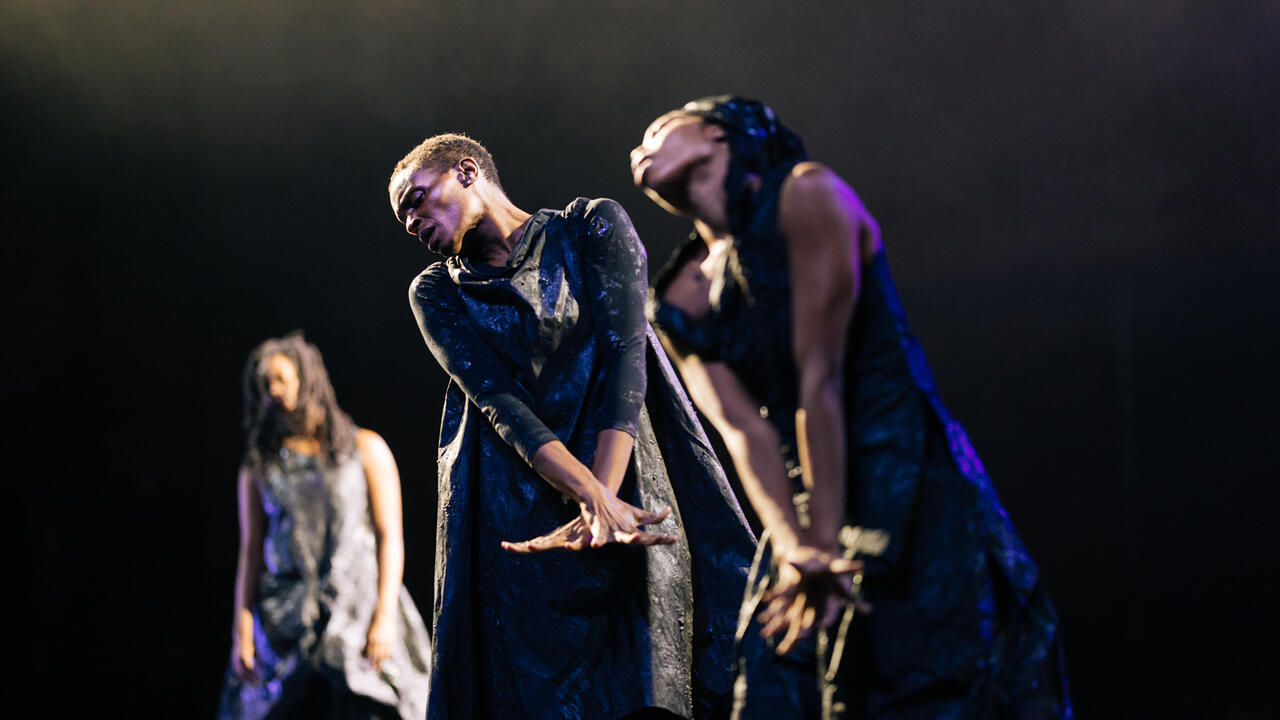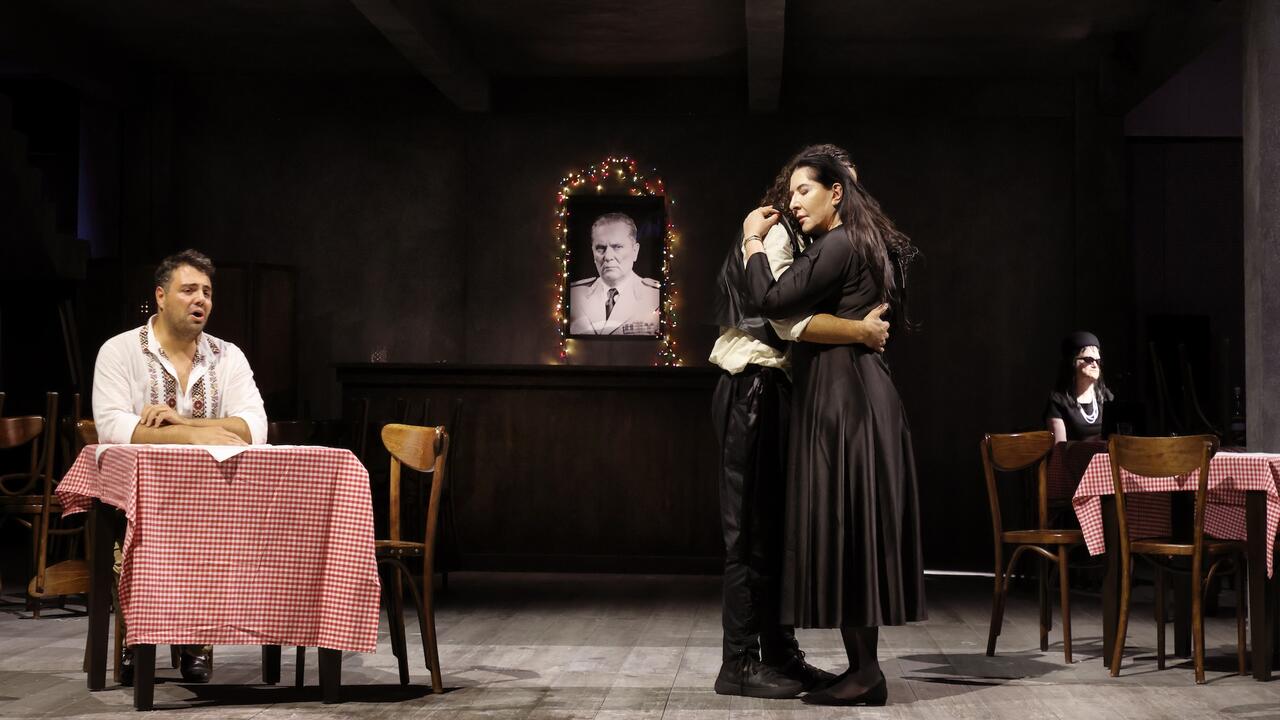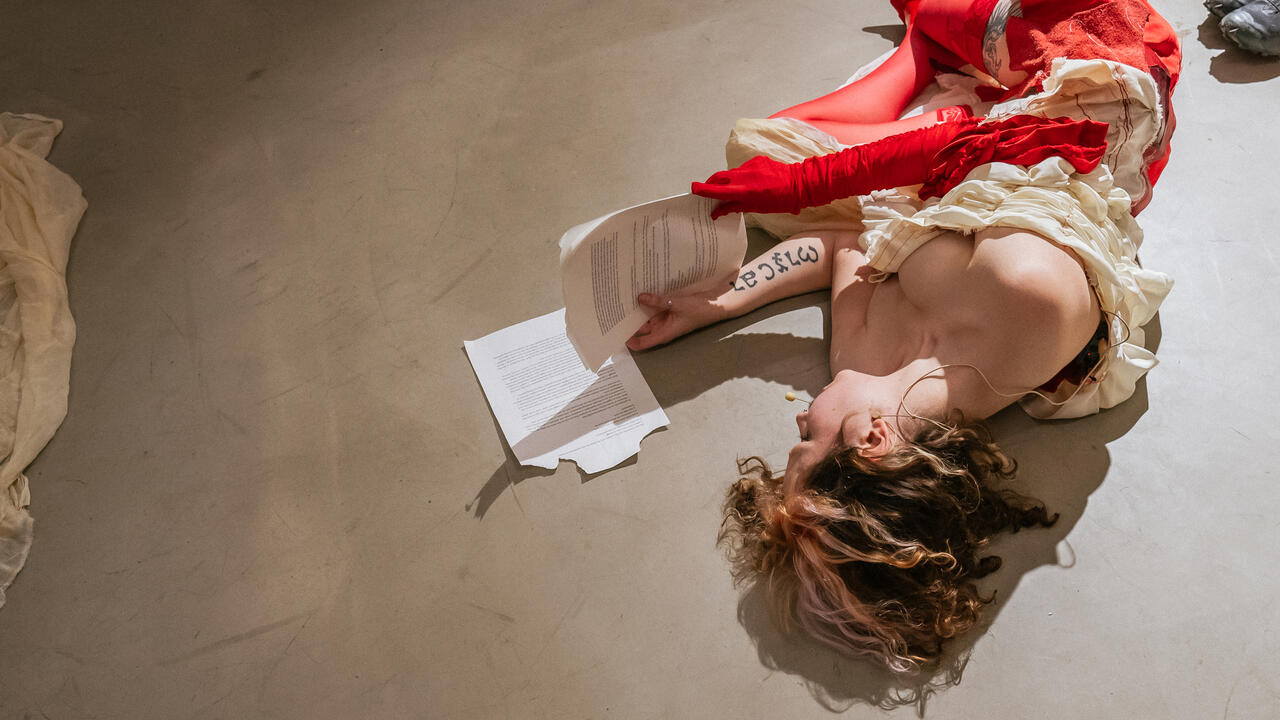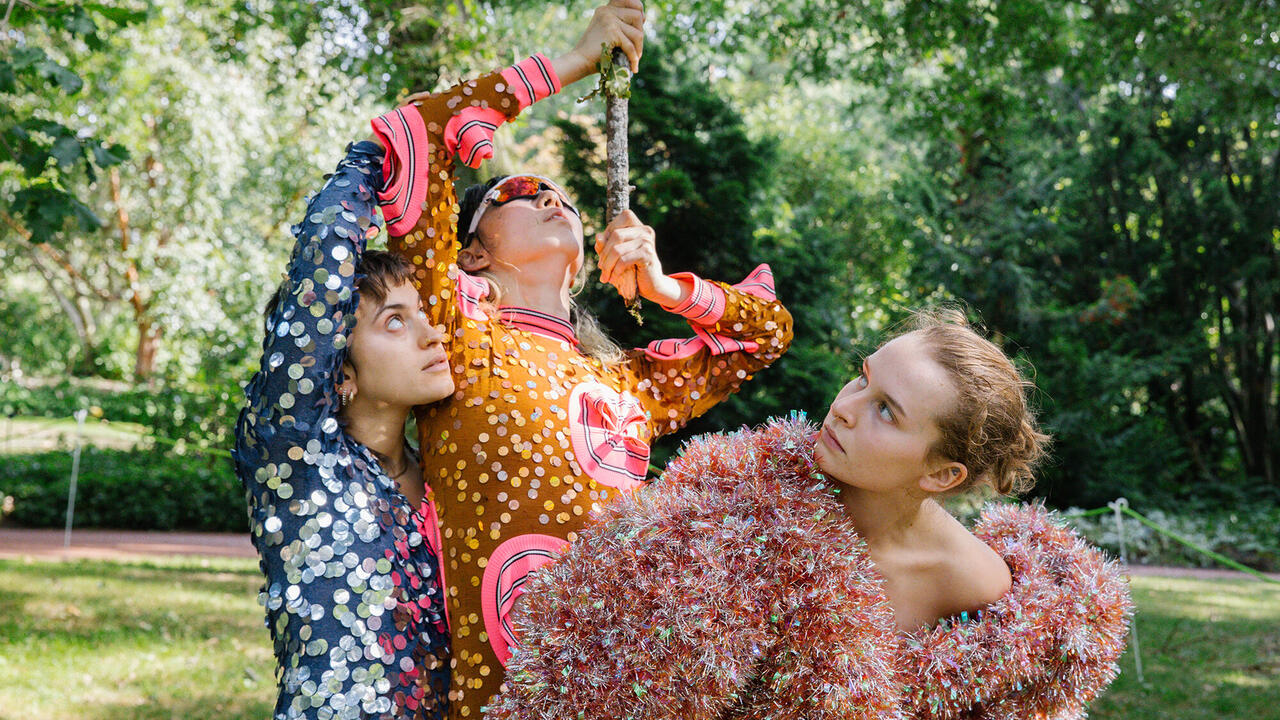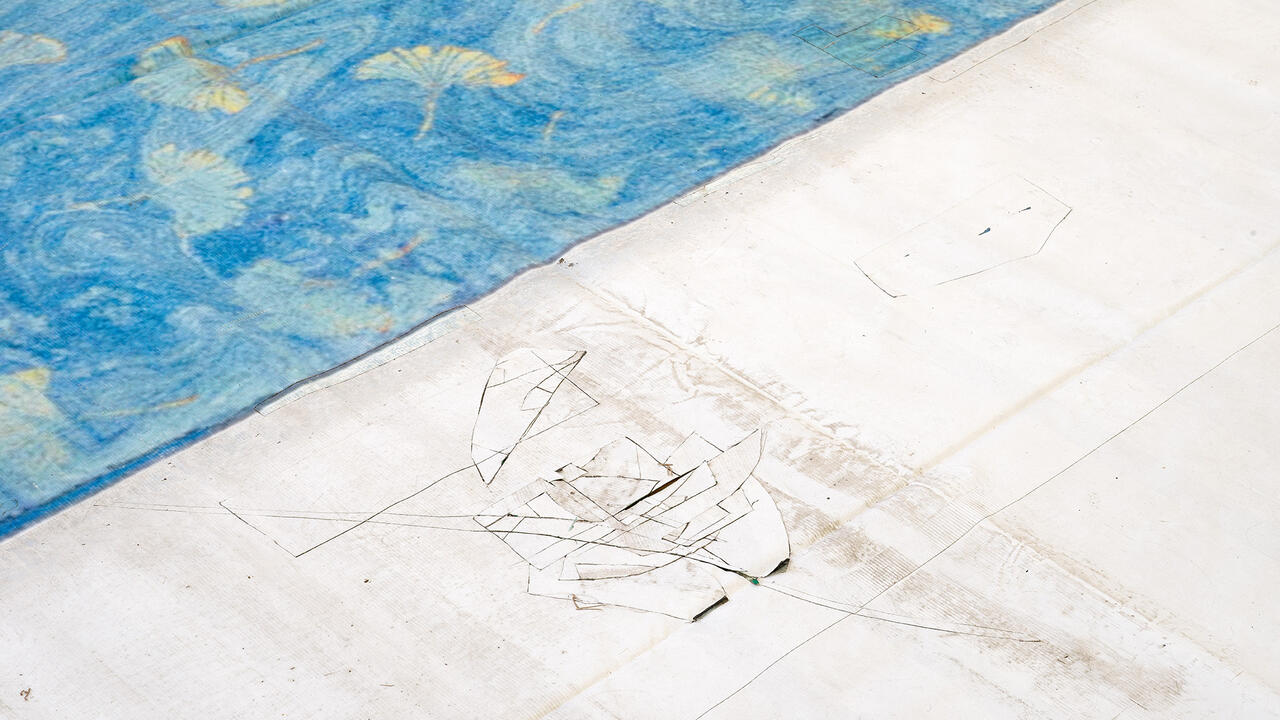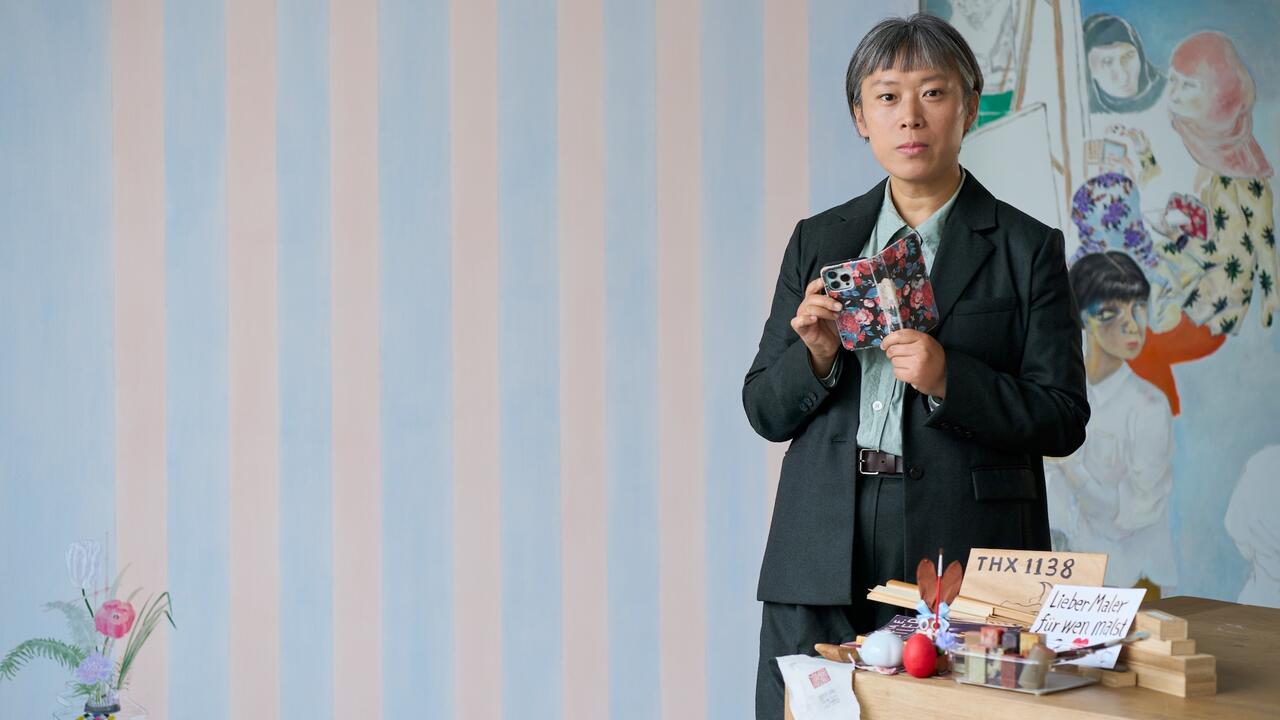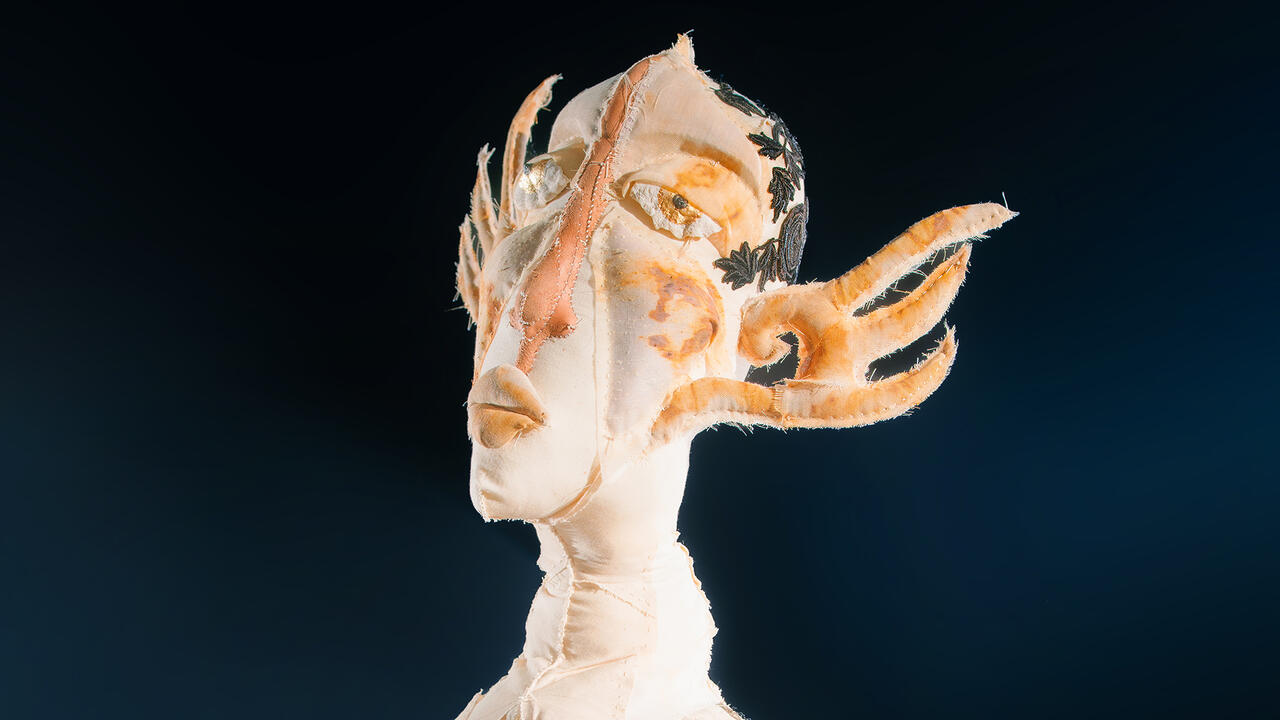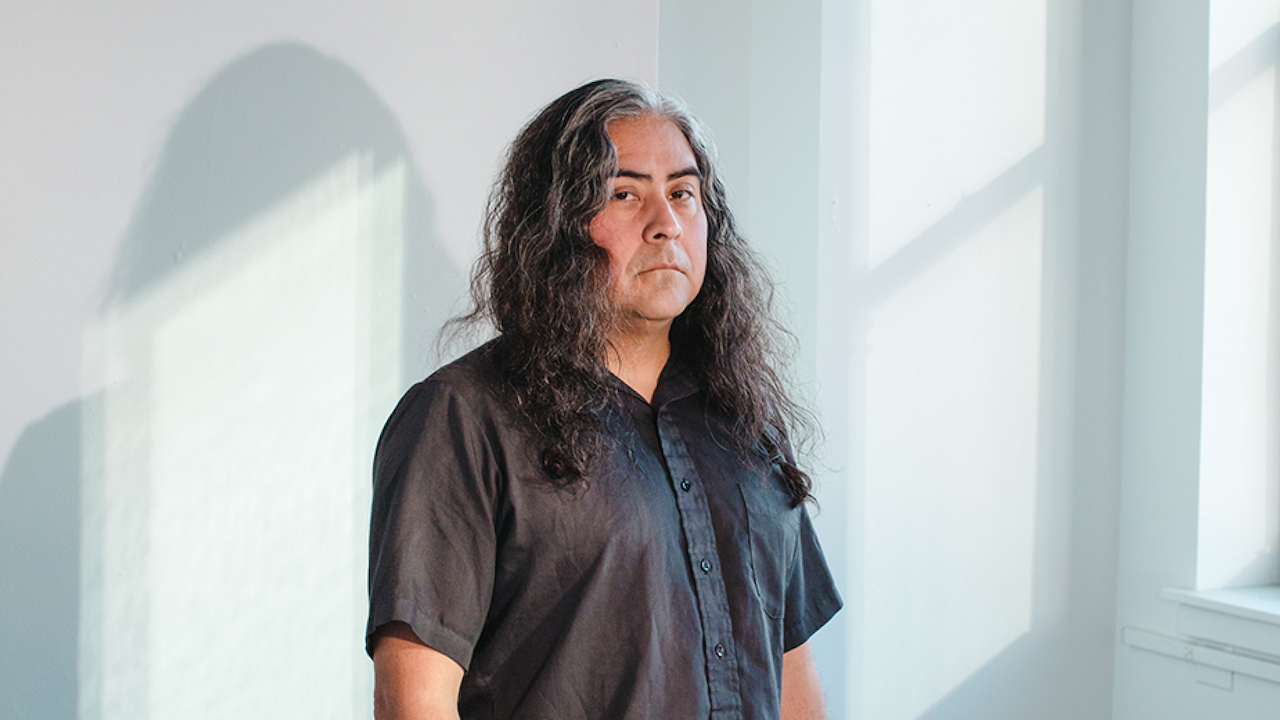The Long Journey of a ‘Yellow Man’: Remembering Lee Wen (1957-2019)
The Singaporean artist’s provocative performances constantly challenged power and prejudice
The Singaporean artist’s provocative performances constantly challenged power and prejudice

In 1990, the Singaporean performance artist and writer Lee Wen produced an acrylic painting on canvas of a roughly sketched, acid-yellow figure sitting astride an ochre-hued horse, one arm crooked jauntily at the hip, defiantly facing the alien landscape in front of him. Lee painted Yellow Man, Where Are You Going? at a key turning point in his already divergent career. Born in colonial Singapore in 1957, at the age of 30 Lee left his altogether more stable occupation as a banking officer to enrol at the Lasalle-SIA College of the Arts, swiftly becoming a member of The Artists Village (TAV) – Singapore’s first artist colony – founded by the performance and installation artist Tang Da Wu in 1988. TAV’s bucolic location on a rural farm in the Sembawang district only seemed to confirm the marginalized and precarious status of avant-garde artistic practice in the now-independent Republic of Singapore, geared towards modernization, urbanization and aspirational cosmopolitanism. These national directives left little scope for the expressive unpredictability of the process-based, ephemeral and performative practices favoured by the group. TAV’s land was ‘repossessed’ by the government for redevelopment in 1990, the same year that Lee executed his Yellow Man painting and left to pursue a diploma in art and design at the City of London Polytechnic.
Lee arrived in London soon after Rasheed Araeen’s 1989–90 exhibition at the Hayward Gallery, ‘The Other Story’ – which provoked heated debate in the art world centred on Britain’s imperialistic attitudes to race, diaspora, cultural identity and alterity. Lee’s own experience of pejorative racial stereotyping and cultural homogenization soon provoked a questioning of his own ambivalent position as a postcolonial subject in a putatively ‘multicultural’ metropolis. In April 1992, he responded to these artistic, ethnic and socio-political concerns by stripping down to his briefs, coating his exposed body in garish yellow paint and taking to the streets in a confrontational yet comical display of ‘yellow peril’ made incarnate. Thus, the two-dimensional ‘Yellow Man’ of his 1990 work was not only freed of its painterly confines, but quite literally embodied by the artist himself as a living caricature of the hyper-racialized subject. ‘Journey of a Yellow Man’ (1992–2012) would eventually become Lee’s most iconic and enduring performance series, spanning two decades and several continents.
Upon his return to Singapore, Lee re-joined TAV and, in 1994, helped organize the Artists’ General Assembly, a pioneering interdisciplinary alternative arts festival and forum that took place at the 5th Passage Gallery. It was during this event that Lee’s fellow artist and close friend Josef Ng staged his now-infamous performance Brother Cane (1994) – a piece made in response to penal discrimination against homosexual men in Singapore – in which Ng briefly snipped off some of his pubic hair on stage with his back turned to the audience. Ng was charged with ‘committing an obscene act in public’ and the National Arts Council subsequently imposed a de facto ban on performance art in Singapore that would last for a decade. In the years that followed, Lee continued to push the boundaries of the medium in his own practice, while championing the development of performance art in the region by founding Future of Imagination, a performance art event in Singapore, in 2003; Rooted in the Ephemeral Speak, a public platform for artistic discussion, in 2009; and the Independent Archive of performance art practices in Asia, in 2012.
In recent years, as part of a drive to rebrand itself as a global centre for the arts, the Singapore government has ostensibly sought to encourage the growth and development
of the creative industries. Lee’s significant contributions to contemporary art in Singapore were officially acknowledged in 2005, when the National Arts Council awarded him the Cultural Medallion. In 2012, an expansive, mid-career retrospective of his multivalent oeuvre, titled ‘Lucid Dreams in the Reverie of the Real’, was held at the Singapore Art Museum. In spite of these critical affirmations and accolades, Lee remained one of the most vocal and fearless critics of state censorship and authoritarian governance till the very end, often taking to his blog, Republic of Daydreams, to inveigh against the commodification of art and champion the need for artists to be ‘seekers of truth’ and ‘authentic poets of action’.
This article first appeared in frieze issue 206 with the headline ‘Post-Script’.









